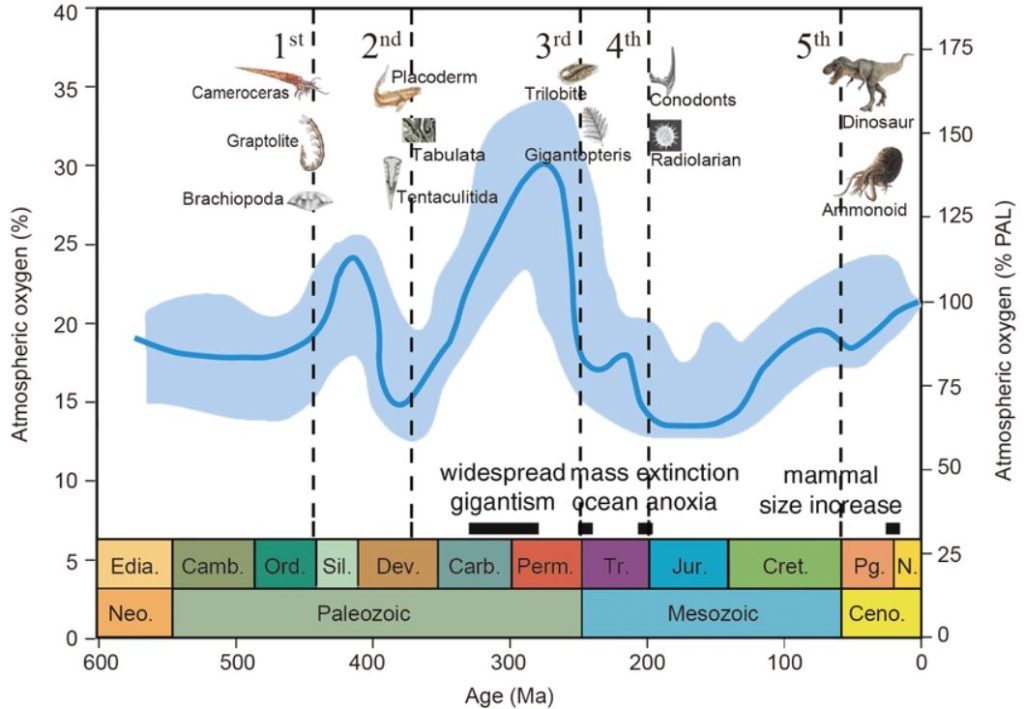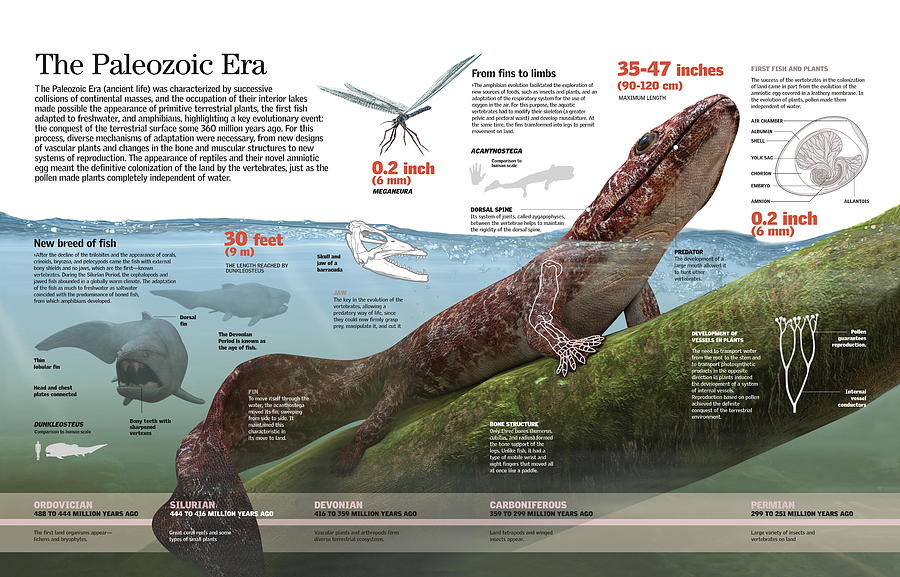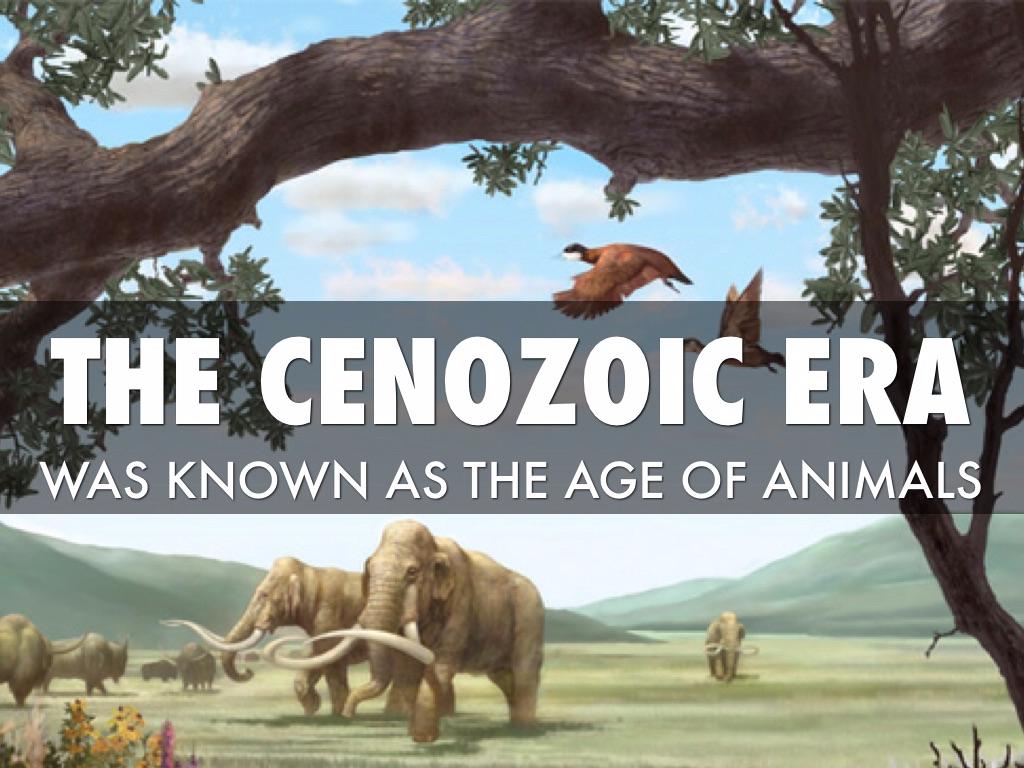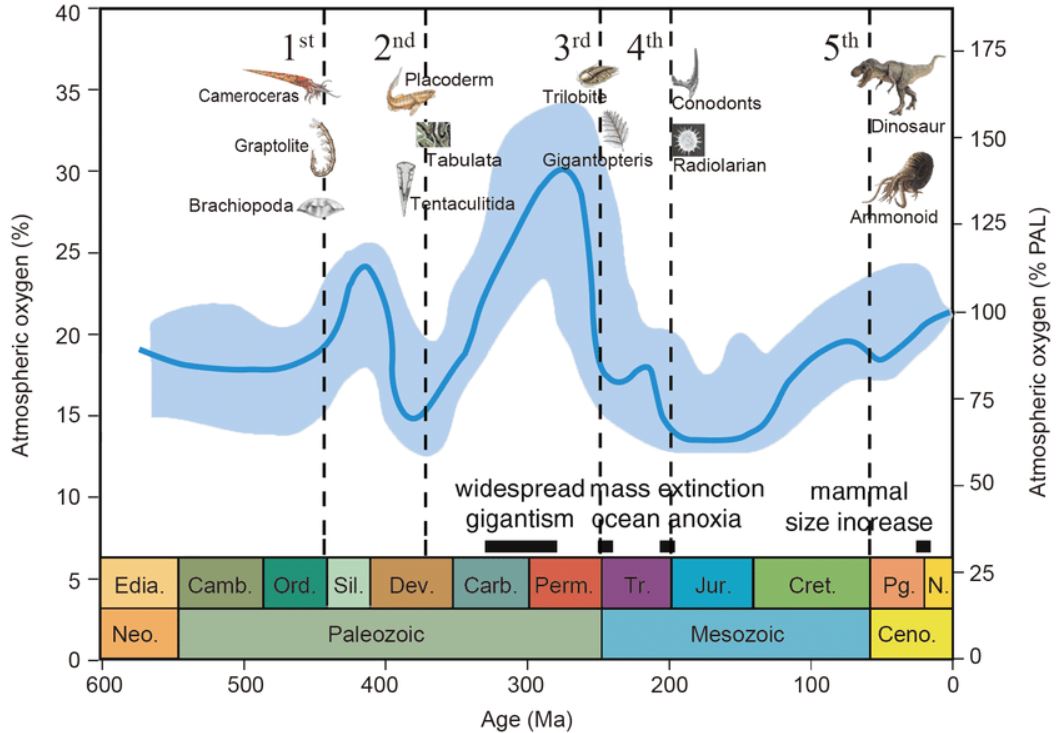The Phanerozoic Eon: Unveiling Earth’s Ancient Journey
Embarking on a magnificent voyage through time, we encounter the Phanerozoic Eon, a significant chapter in the geologic time scale. This awe-inspiring eon commenced approximately 541 million years ago, unfolding Earth’s captivating narrative up until the present day. Remarkably, it encompasses a remarkable 12% of our planet’s entire history. Before the Phanerozoic Eon graced the stage, the Proterozoic Eon held sway.
The Phanerozoic Eon burst forth with the enigmatic Cambrian Explosion, a momentous event teeming with the rapid evolution of intricate, multicellular organisms. Divided into three distinguished eras, this eon unveils the Paleozoic Era, commencing around 541 million years ago, followed by the Mesozoic Era, commencing around 251.9 million years ago, and finally the Cenozoic Era, the era we presently inhabit, which commenced around 66 million years ago.
Throughout the Phanerozoic Eon, complex multicellular organisms emerged, a colossal supercontinent named Pangea formed and subsequently fragmented into the continents we know today, life transitioned from the sea to the land, the reign of dinosaurs flourished and waned, Earth endured three catastrophic mass extinctions, and an intelligent primate species embarked on the exploration of the vast universe.

Eras of the Phanerozoic Eon:
1. Paleozoic Era (541.0 ±1.0 to 358.9 ±0.4 million years ago) – a mesmerizing span of around 289 million years.
2. Mesozoic Era (251.902 ±0.024 to 66 million years ago) – an enchanting epoch spanning approximately 186 million years.
3. Cenozoic Era (66 million years ago to the present day) – an enthralling era that has endured for roughly 66 million years.
A. Paleozoic Era (541.0 ±1.0 to 358.9 ±0.4 million years ago): Unveiling Ancient Life

Within the Paleozoic Era, we discover a tapestry of diverse periods, each contributing its own unique chapter to Earth’s ancient narrative.
The Cambrian Period (541.0 ±1.0 to 485.4 ±1.9 million years ago) witnessed a remarkable burst of life, known as the “Cambrian Explosion.” This explosion unveiled an array of novel organisms, including the major animal phyla that still thrive in our world today, such as Arthropoda, Brachiopoda, and Chordata. The fossil records of this period are replete with arthropods boasting hard exoskeletons, like the captivating trilobites, alongside marine worms and snails.
In the early Paleozoic Era, life flourished solely in the seas, with no presence on the land. However, as time progressed, invertebrates such as octopuses, shelled mollusks, corals, starfish, and the first fish, amphibians, and reptiles emerged, bringing life to the terrestrial realm.
Around 430 million years ago, during the Silurian Period, a pivotal milestone was reached as the first plants and animals colonized and established themselves on land. This period also witnessed the evolution of insects, arachnids, and centipedes.
During the Paleozoic Era, approximately 335 million years ago, several smaller landmasses united, culminating in the formation of the supercontinent Pangaea, encircled by the vast superocean, Panthalassa.
The Permian–Triassic Extinction Event, known as “The Great Dying,” marked the culmination of the Paleozoic Era. This catastrophic event, shrouded in mystery, resulted in the extinction of a staggering 95% of all species, making it the most severe mass extinction in Earth’s history. While the exact cause remains uncertain, some scientists speculate that volcanic activity in the Siberian Traps region of Russia may have played a significant role.
B. Mesozoic Era (251.902 ±0.024 to 66 million years ago): The Reign of the Mesozoic

Embarking upon the Mesozoic Era, we enter an epoch often referred to as the “Age of Reptiles.” This era, spanning a remarkable 200 million years, witnessed the dominance of reptilian creatures, not only on land, in the form of dinosaurs, but also in the oceans and skies.
The Mesozoic Era can be divided into three distinct periods: the Triassic, Jurassic, and Cretaceous.
At the inception of the Mesozoic Era, Earth had just emerged from a mass extinction event, resulting in a scarcity of species evident in the fossil record. However, within a span of approximately 5 million years, life began to recover, and the seas and land teemed with newfound diversity. The warm climate provided fertile ground for the evolution of reptiles, leading to the emergence of the first true dinosaurs during the late Triassic Period.
A subsequent mass extinction event between the Triassic and Jurassic Periods served as a turning point, eliminating many of the reptilian competitors of dinosaurs. As a result, dinosaurs rose to prominence, reigning as the dominant land animals throughout the Jurassic and Cretaceous Periods.
In the seas of the Jurassic Period, plesiosaurs, ichthyosaurs, and ammonites held sway, while on land, dinosaurs thrived. Vast herds of herbivorous sauropods, including magnificent creatures like Brachiosaurus and Diplodocus, roamed lush forests and expansive plains. It was during this time that crocodiles and the earliest ancestors of birds also made their debut.
Towards the twilight of the Mesozoic Era, a cooling trend gripped the Earth, leading to a contraction of tropical vegetation and habitats, now confined to equatorial regions. The supercontinent Pangaea fragmented into two smaller landmasses, Gondwana and Laurasia, during the Jurassic Period. These landmasses continued their drift, gradually taking on the familiar shapes and positions of the continents we recognize today.
During the Cretaceous Period, the pinnacle of dinosaur diversity was reached. It was also a time when the first flowering plants blossomed, accompanied by the emergence of marsupials and early mammals.
Approximately 66 million years ago, the Cretaceous Period came to an abrupt end with a catastrophic mass extinction event known as the Cretaceous-Paleogene Extinction Event. This cataclysmic event spelled the demise of dinosaurs, excluding those that eventually evolved into birds, along with numerous other animal groups. An estimated 75% of all species perished, forever altering the course of life on Earth. The impact site of a meteor strike, strongly believed to be the Chicxulub Crater in Mexico, is considered a significant contributing factor to this colossal extinction event.
C. Cenozoic Era: Unfolding the Tapestry of Modern Life

Welcome to the Cenozoic Era, the era in which we presently reside. This remarkable period followed the catastrophic Cretaceous-Paleogene Extinction Event, which paved the way for the diversification and proliferation of birds, marsupials, and mammals that occupied the ecological niches once dominated by dinosaurs. The mammals of the preceding Mesozoic Era had been predominantly small and nocturnal, but during the Paleogene Period of the Cenozoic Era, they began to exhibit diurnal behavior, growing in size and diversity. Predators such as sharks, giant crocodiles, and snakes also rose to prominence.
Simultaneously, flowering plants experienced a remarkable diversification, spreading into new habitats and transforming landscapes. In the early stages of this era, global warming facilitated the expansion of forests, even reaching the polar regions.
As the continents continued their gradual transformation, collisions between landmasses gave rise to the formation of majestic mountain ranges that adorn our planet. The middle of the Cenozoic Era witnessed a disturbance in ocean currents, leading to a period of global cooling. Forests receded to equatorial latitudes once again, giving way to the evolution of new grasses. This ecological shift spurred the emergence of various herbivorous mammals that capitalized on this newfound resource.
During this extraordinary era, approximately thirty species of apes, including Australopithecus, an ancestral hominin, evolved. These early primates set the stage for the eventual emergence of modern humans.
In more recent times, Earth experienced multiple ice ages, triggering the evolution of diverse species of fauna and flora adapted to these colder climates. It was within the confines of these icy epochs that Homo sapiens, our own species, evolved and flourished. Over the past 70,000 years, we have ventured across the globe, populating every continent and leaving our indelible mark on the planet.
As we marvel at Earth’s ancient history, it is worth noting some of the remarkable achievements of humanity. In 1961, Yuri Gagarin became the trailblazer, venturing into space as the first human to orbit the Earth. Eight years later, in 1969, Neil Armstrong took a momentous step, becoming the first person to set foot on the moon.
In 1977, Voyager 1 embarked on a daring expedition, departing from Earth and eventually becoming the farthest man-made object from our planet. This intrepid spacecraft even ventured beyond the boundaries of our solar system, carrying with it the knowledge and curiosity of humanity.
The Cenozoic Era continues to unfold before our eyes, with modern species evolving and adapting to the dynamic landscapes and changing climate of our world. We stand as witnesses to the ongoing story of Earth, poised to embrace the mysteries and wonders that the future holds.
